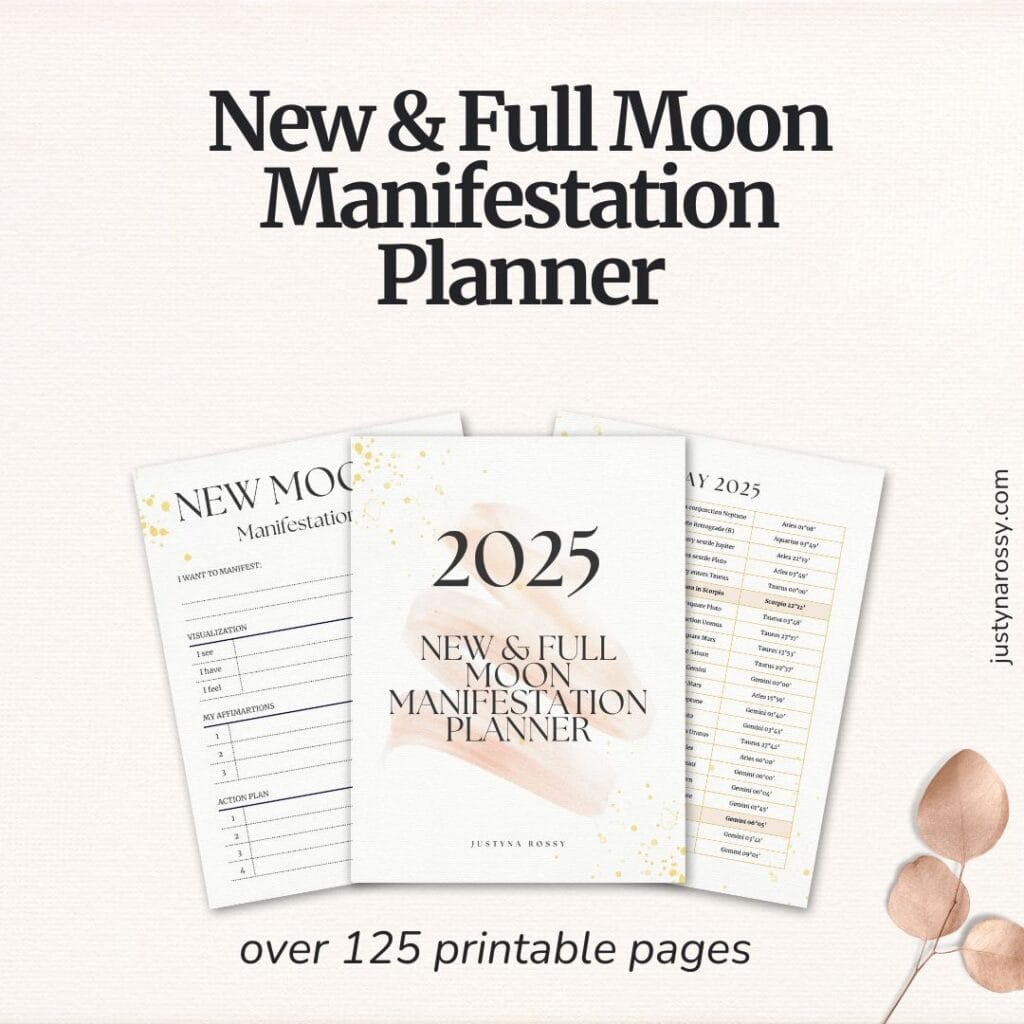Creating a spiritual offering that truly resonates with your audience is one of the most important steps in building a successful and fulfilling spiritual business. Your offering—whether it’s a service, course, product, or experience—should reflect your unique gifts while meeting the needs of the people you are called to serve. When you craft an offering that aligns with both your purpose and your audience’s desires, you create a powerful connection that leads to deep transformation and long-term relationships. Here’s how to craft a spiritual offering that resonates with your audience.
The first step in crafting a meaningful spiritual offering is to connect with your own purpose and spiritual gifts. Your offering should reflect what you’re truly passionate about and where your strengths lie. Whether you’re a tarot reader, astrologer, energy healer, or spiritual coach, your gifts are the foundation of your business. Take time to reflect on what comes naturally to you and where you feel the most aligned in your spiritual work. When your offering comes from a place of authentic purpose, it not only energizes you but also makes a stronger impact on your audience.
Ask yourself:
- What are my unique spiritual gifts?
- What kind of transformation do I feel called to provide?
- How do I want to serve others through my work?
Being clear on these aspects will ensure that your offering is a true reflection of your soul’s calling and creates a sense of alignment that will resonate with your audience.
While your spiritual offering should reflect your gifts, it’s equally important to understand the needs and desires of your audience. Your ideal clients are seeking something specific, whether it’s healing, guidance, clarity, or transformation. To craft an offering that resonates, you need to identify their pain points and desires. The more you understand your audience, the better you’ll be able to create something that speaks directly to their hearts.
Start by asking:
- What challenges are my ideal clients facing?
- What are they seeking to transform or heal in their lives?
- What kind of spiritual experience or solution would provide the most value to them?
You can gather this information through client surveys, conversations, or even by observing common themes in the questions and feedback you receive from your community. Once you understand your audience’s needs, you can design an offering that provides the exact transformation they are seeking.
One of the most powerful ways to create an offering that resonates is to focus on the transformation you provide, rather than the specific service itself. People don’t just want a tarot reading, energy healing, or astrology session—they want the outcome and transformation that these services offer. Whether it’s gaining clarity on life decisions, healing emotional wounds, or stepping into their higher purpose, your audience is looking for real results.
When crafting your offering, clearly communicate the transformation they can expect. Focus on the benefits and outcomes they will experience after working with you, rather than just listing the features of your service. For example, instead of promoting an astrology reading with a list of astrological details you’ll cover, highlight how the reading will help them make aligned decisions, understand their life’s purpose, or navigate a difficult transition with clarity.
Your offering should answer the question:
- How will this service transform my client’s life?
To stand out in the spiritual marketplace, it’s important to craft an offering that feels unique and authentic to your personal style. Think about how you can create a memorable and impactful experience for your clients. This could be through the way you deliver your services, the personal touches you include, or the way you engage with your clients throughout the process.
For example, if you offer tarot readings, you might add a ritual component where you help your clients set intentions before the reading. If you’re an energy healer, you could provide a follow-up guide with personalized practices or affirmations to help your clients continue their healing journey. Small details that reflect your energy and approach can create a powerful and lasting impact, making your offering stand out from others in the industry.
Consider:
- How can I personalize the client’s experience?
- What can I add to make the offering feel special and memorable?
- How can I ensure my unique gifts shine through in the delivery of the service?
When creating a spiritual offering, simplicity is key. It can be tempting to pack a lot into your service or offer multiple options, but a clear and focused offering is often more effective. People are drawn to services that are easy to understand and directly address their needs. If your offering is too complex or unclear, it may overwhelm or confuse potential clients.
Make sure your messaging is straightforward and communicates exactly what your offering is and how it will help your audience. Break down the service into its core components, and clearly explain the process, what’s included, and the outcome. A simple and clear offering creates less resistance in the decision-making process and makes it easier for people to say yes.
Think about:
- Can I clearly explain this offering in a few sentences?
- Is the transformation easy to understand and relatable to my audience?
- Are the steps and outcomes of the service well-defined?
Pricing is an important aspect of creating a spiritual offering, and it can be a source of uncertainty for many entrepreneurs. It’s essential to price your offering in a way that reflects its value and the transformation you provide. Often, spiritual entrepreneurs underprice their services out of fear of losing clients or undervaluing their work, but this can lead to burnout and a sense of imbalance.
When determining your price, consider the time, energy, and expertise you put into the service, as well as the value of the outcome for your client. If your offering provides deep transformation, don’t be afraid to charge accordingly. Clients are more likely to commit to a service when they see its value, and pricing your offering with confidence sends a message that you believe in the transformation you provide.
Ask yourself:
- What is the value of the transformation my client will receive?
- How much time, energy, and expertise goes into this service?
- Am I pricing in a way that feels aligned with my worth and the value I offer?
Once you’ve crafted your offering, don’t be afraid to test it out and refine it over time. Gather feedback from your clients and pay attention to how your audience responds. Are they finding value in the service? Is the offering providing the transformation you envisioned? By gathering feedback and reflecting on the results, you can adjust your offering to better meet the needs of your clients and make it even more impactful.
Over time, you may find ways to improve the delivery, add more value, or streamline the process. Staying open to growth and refinement ensures that your offering continues to resonate with your audience and reflects the evolution of your spiritual business.
Best selling products

Welcome! 🌟 My name is Justyna, and I use Astrology and Human Design as a tool to help others navigate various aspects of life. If you’re interested in booking a personal astrology or a human design reading click here. In addition to personalised readings, I also share weekly and monthly insights on my YouTube Channel. Feel free to explore my work on Medium, Subscribe to my monthly newsletter and if you find what I do helpful, you can show your support by buying me a coffee! ☕ Thank you for stopping by, and I look forward to connecting with you! 😊


